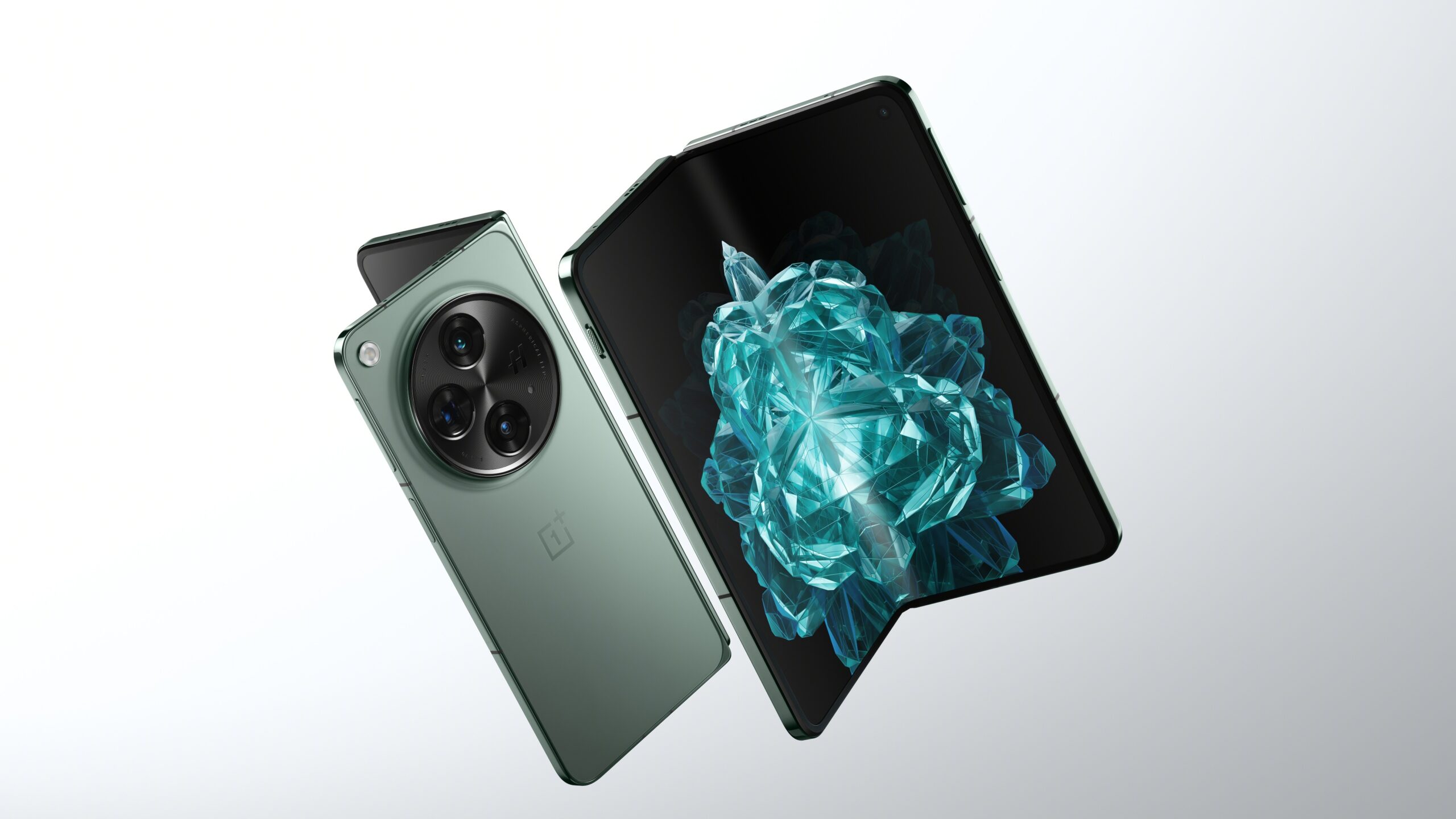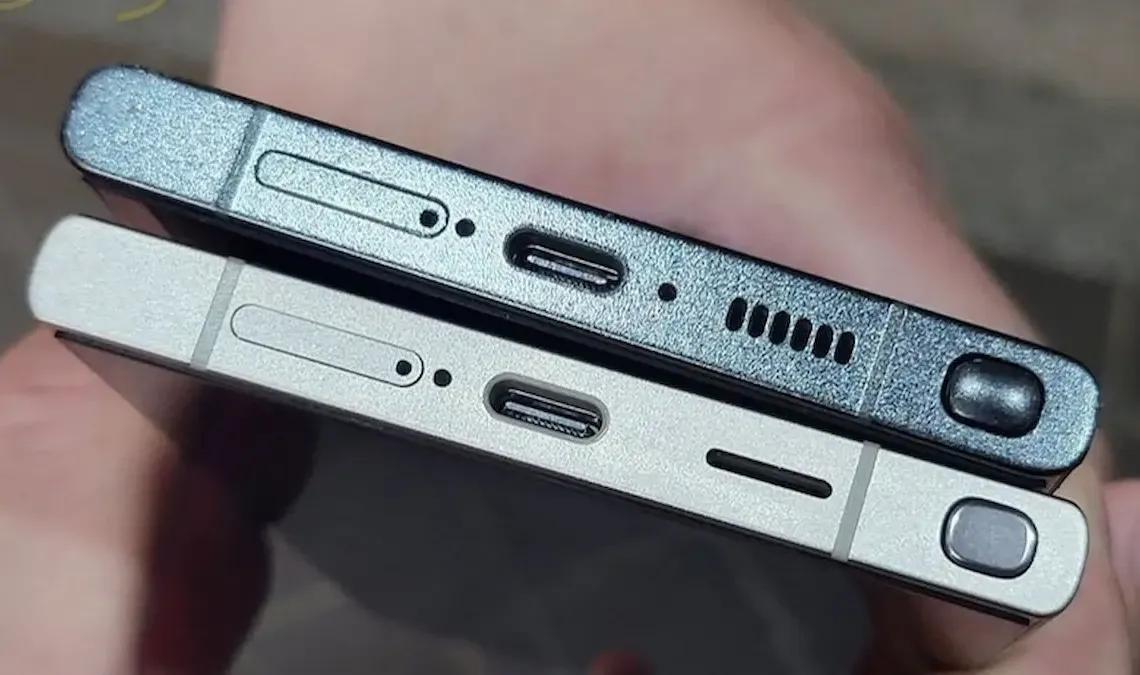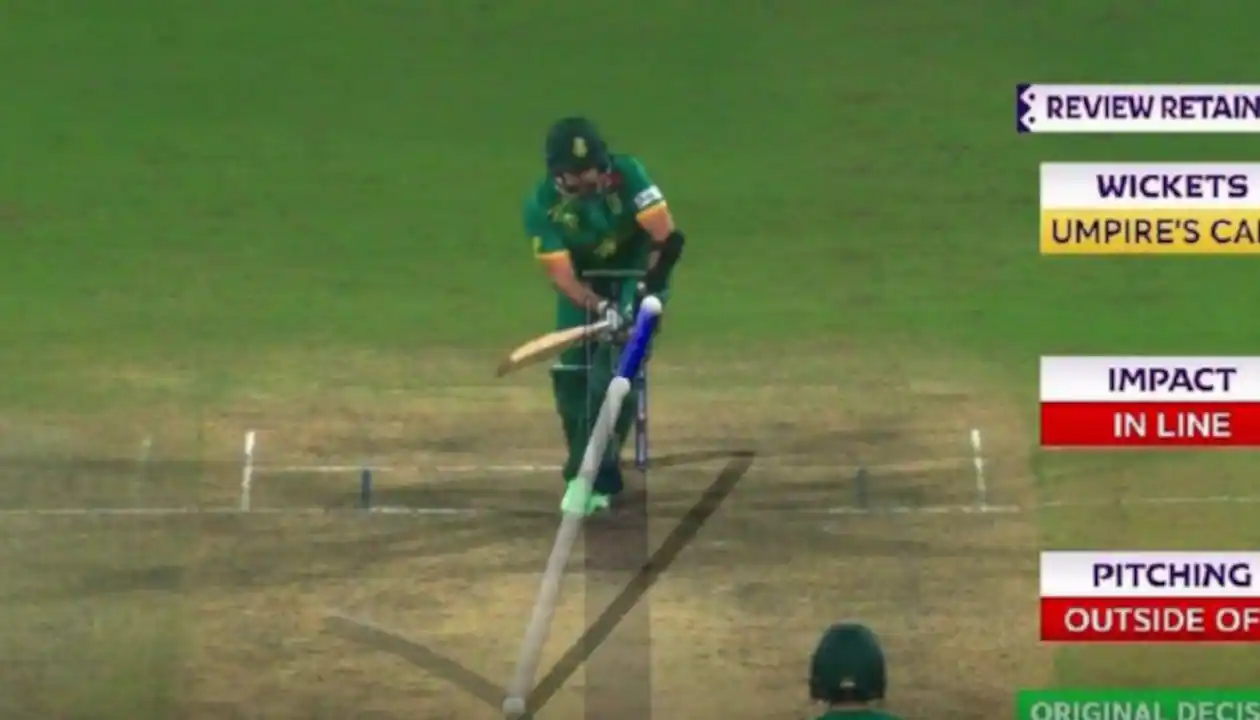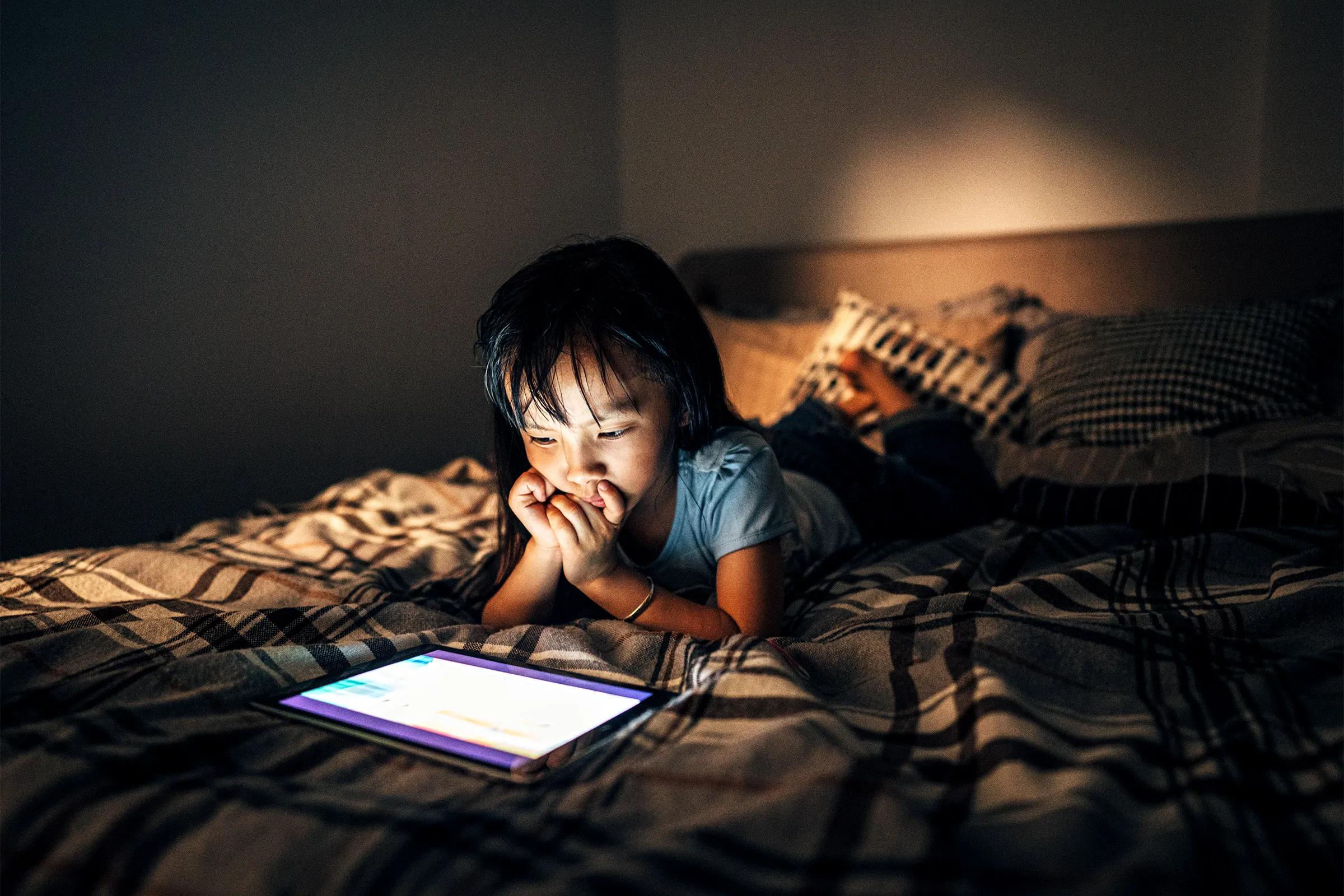Deciding between a mini PC and a desktop PC in 2024? Let’s break it down in simple terms. Mini PCs are becoming powerful enough for work and gaming, thanks to advancements in hardware. As games get optimized and hardware becomes more efficient, a mini PC could be a great choice for your PC needs this year.
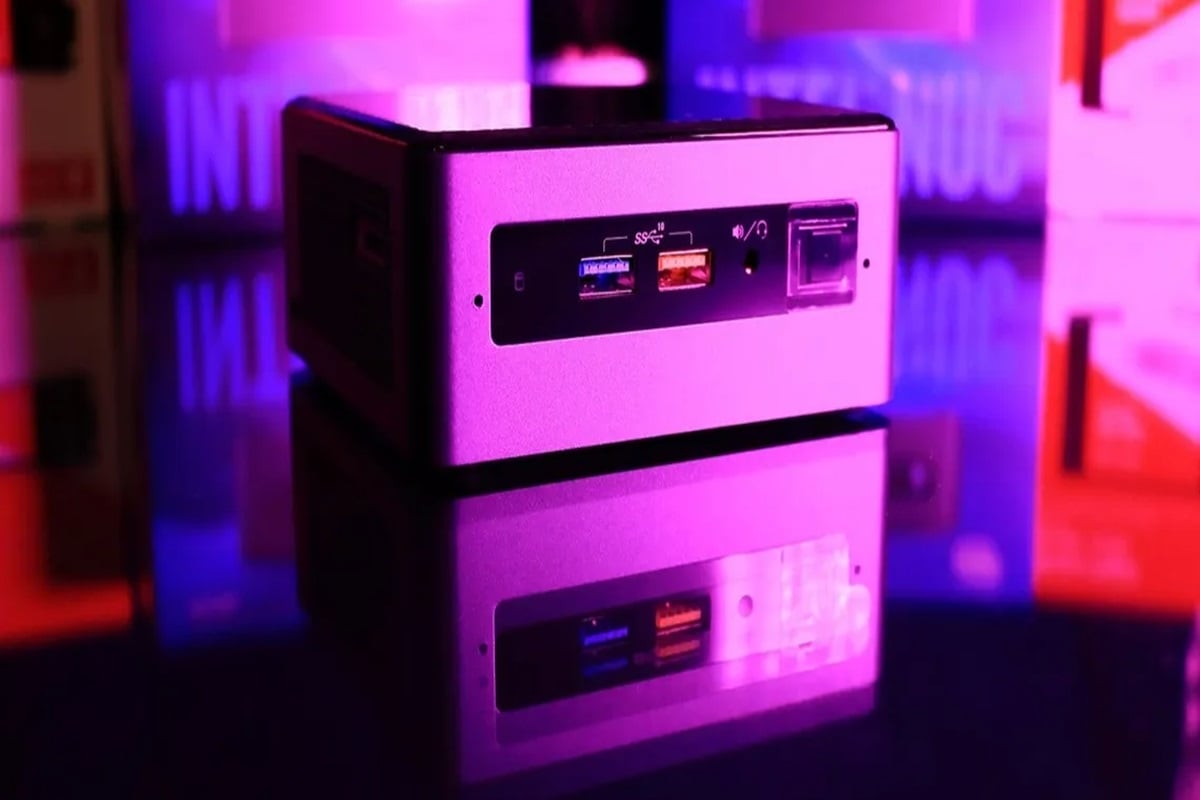
Desktop PCs, on the other hand, will always be more powerful due to better cooling and full-sized graphics cards. However, don’t underestimate the performance of an AMD APU (Accelerated Processing Unit).
APUs come with integrated graphics, and AMD has been focusing on developing them for portable devices like laptops, handheld gaming PCs, and, of course, mini PCs. Placing these chips in mini PCs with improved cooling allows manufacturers to extract more performance, making the performance per dollar competitive compared to full-sized PCs.
For example, let’s compare the $499 Beelink SER5 MAX’s Ryzen 7 5800H APU to an equivalent desktop with a Ryzen 7 5700G APU. Benchmarks show they have similar performance, and prebuilt desktops on popular platforms go for over $600, making the mini PC a winner in the low-to-mid-range performance bracket.
Functionally, mini PCs are the same as desktop PCs. What sets them apart is the ease of access. No more fussing around the back of a heavy PC with cables—everything is easily accessible on the small PC on your desk.
Mini PCs can offer more interfaces than similarly priced desktop builds. For instance, the MINISFORUM UM780 XTX (around $630-640) with a Ryzen 7 7840HS and 32GB of DDR5 RAM has more interfaces than a similarly priced desktop build. Even if the ports aren’t enough, you can add a high-speed USB-C hub without dealing with cable clutter.
While mini PCs lack the upgradability of desktop PCs, you can still upgrade RAM and storage in many cases. Although you can’t upgrade the APU, some users have experimented with adding external GPUs for enhanced gaming performance.
If you prioritize ease of use and immediate functionality over peak performance or upgradability, a mini PC might be the perfect choice. Their small footprint makes them easy to carry around, so don’t overlook mini PCs for your next hardware upgrade.
